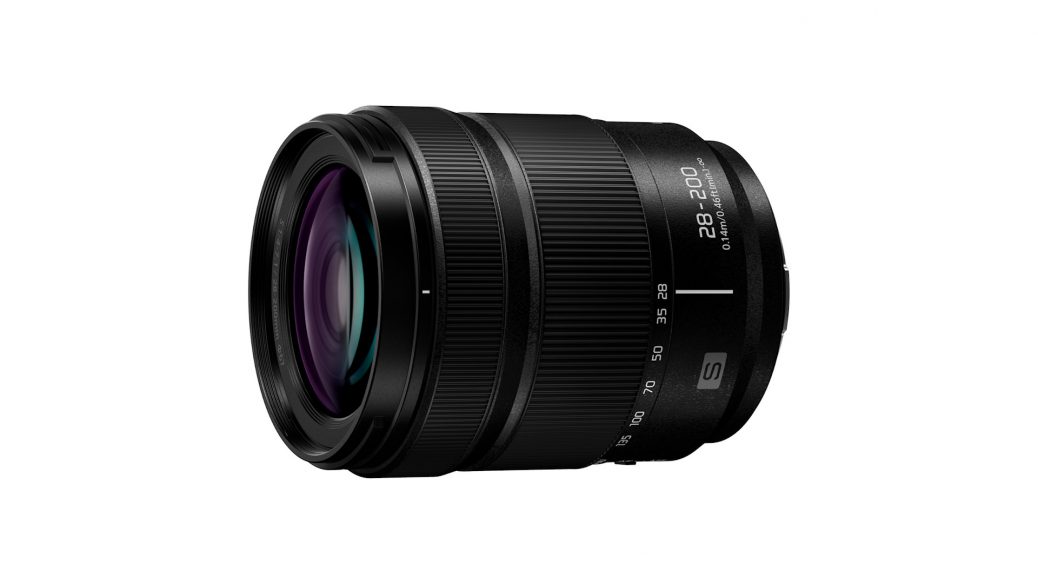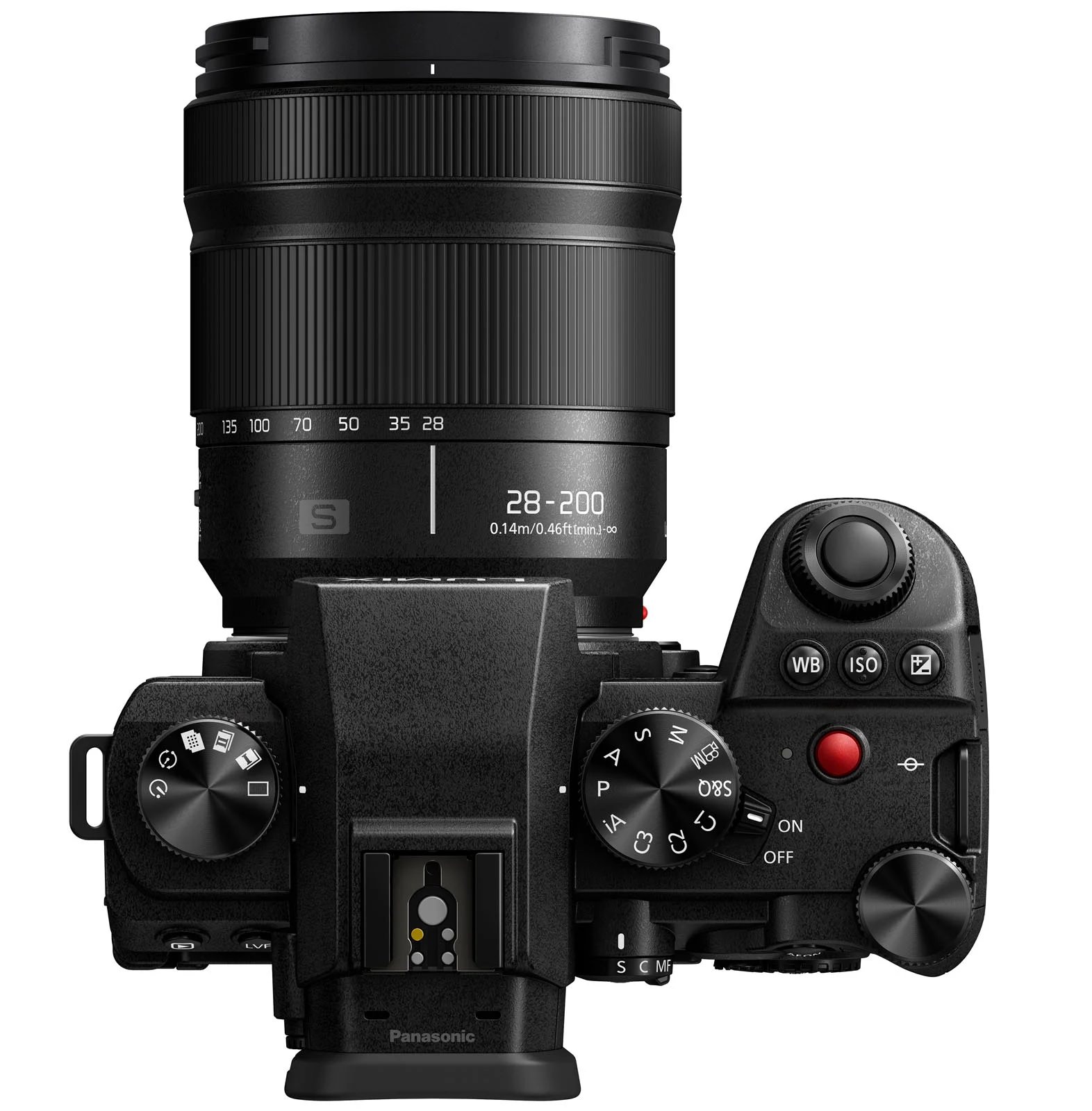Panasonic Unveils the Lumix S 28-200mm f/4-7.1 Macro O.I.S. Zoom Lens
The Panasonic LUMIX S 28-200mm F/4-7.1 MACRO O.I.S. has the widest zoom range within the LUMIX full-frame lens lineup. The lens also features an optical image stabilizer and macro capabilities. The 28-200mm is a mainstream all-rounder in the company’s variable aperture zoom lineup. It has a wide zoom range, quick autofocusing, a weather-sealed design, and low focus breathing, which is unusual for this lens category.
The overlapping variable-aperture LUMIX lens range includes the ultra-wide 14-28mm F/4-5.6, the wider-than-usual 20-60mm F/3.5-5.6, the much bigger 70-300mm F/4-5.6 MACRO O.I.S, and the new 28-200mm F/4-7.1 MACRO O.I.S. The newest addition maintains considerable physical consistency with both the 14-28mm and the 20-60mm, allowing for a smooth transition in terms of control ring placement and weight (it weighs 413g versus roughly 350g for its elder and broader siblings). This relative constancy will make it easier to swap between gimbals and rigs, as well as in hand.
The LUMIX S 28-200mm F/4-7.1 MACRO O.I.S. meets the same quality standards as previous LUMIX S lenses, such as the 20-60mm F/3.5-5.6 or F/1.8 primes. The lens is made of solid plastic and has a rather high tolerance. This lens, like its S stablemates, is weather resistant, has smooth zoom and focus rings, and a rapid autofocus motor.
The new LUMIX S 28-200mm F/4-7.1 MACRO O.I.S. shares physical characteristics with two previous zoom lenses: the 14-28mm and the 20-60mm. The zooms are not as identical as the S f/1.8 primes, but they have similar lengths and control ring placements. The filter thread is 67mm, which is consistent with the aforementioned 20-60mm zoom, Panasonic’s LUMIX S f/1.8 primes, and the upcoming 100mm f/2.8 MACRO. The lens also features a device for keeping the center of gravity stable during zooming.
The lens is small and compact, measuring 77.3×93.4mm and weighing 413g.
The LUMIX S 28-200mm f/4-7.1 MACRO O.I.S has certain unique optical characteristics. Perhaps the most intriguing is the concentration breathing suppression. While this does not mean that the phenomena is totally eradicated, the attempt to minimize it to a minimum is substantial. It has become one of Panasonic’s hallmark gestures in the LUMIX lens lineup. Applying this design to low-end lenses distinguishes LUMIX from nearly every other manufacturer.
The new lenses also come with additional benefits. When installed on a camera body that supports Dual I.S. 2, the O.I.S. can compensate for up to 6.5 stops. It can focus as close as 14cm from the sensor or 3cm from the front element at 28mm, yielding a half-life-size (x0.5 magnification). The aperture can be reduced to f/32 to increase the depth of field.
The front element is fluorine-coated to prevent dirt from adhering to it.
Since it’s lightweight and inexpensive, it can serve as an emergency lens in situations where none of your primes can cover the correct angle. It’s also an excellent travel and walk-around lens.
The S LUMIX S 28-200mm F/4-7.1 MACRO O.I.S lens will be available in April, priced at $897.99.








